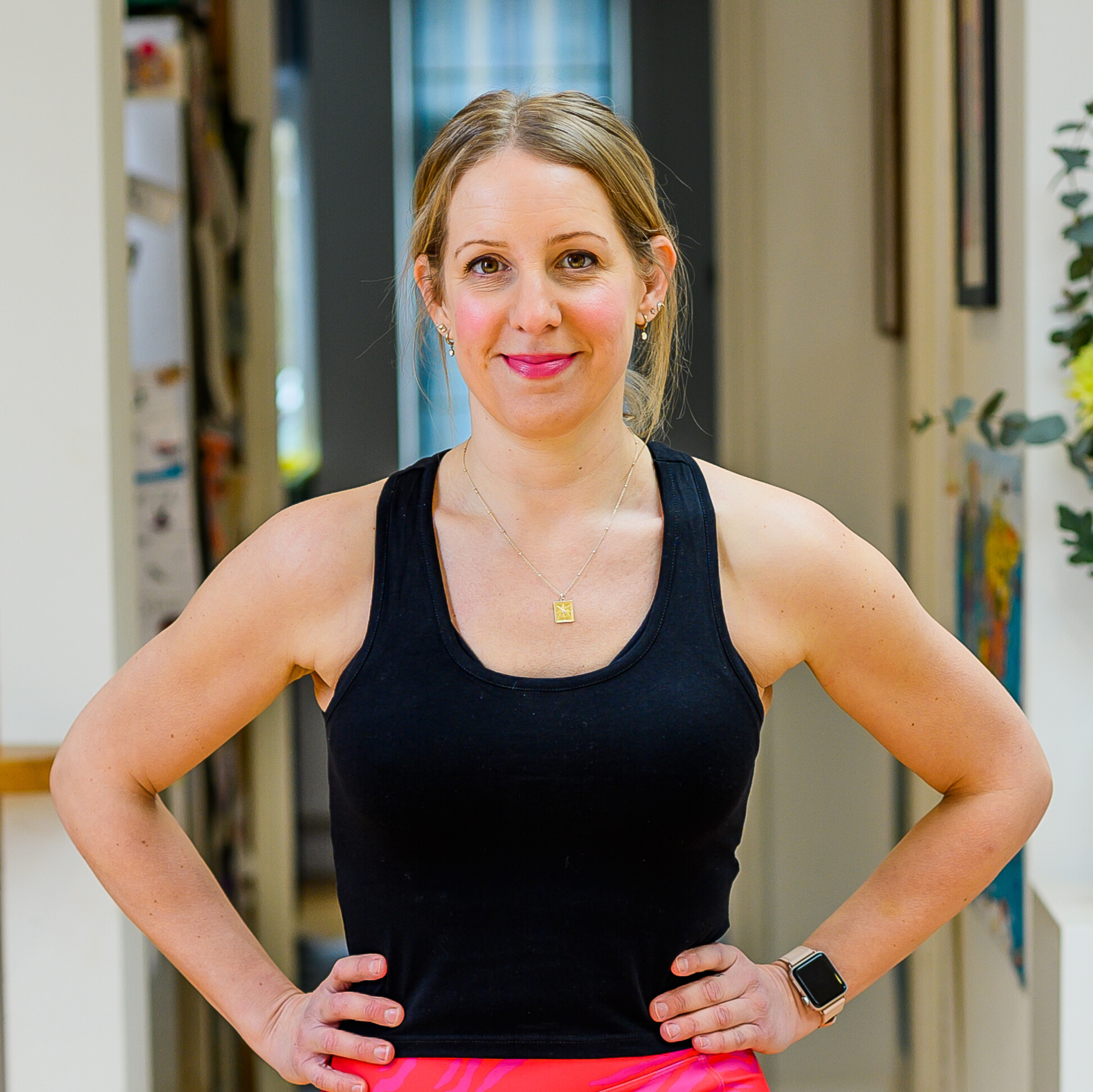Should you pay more for a yoga mat? The experts wade in
With Black Friday sales coming up, it’s the perfect time to shop for a new mat, here’s everything you need to know before you buy
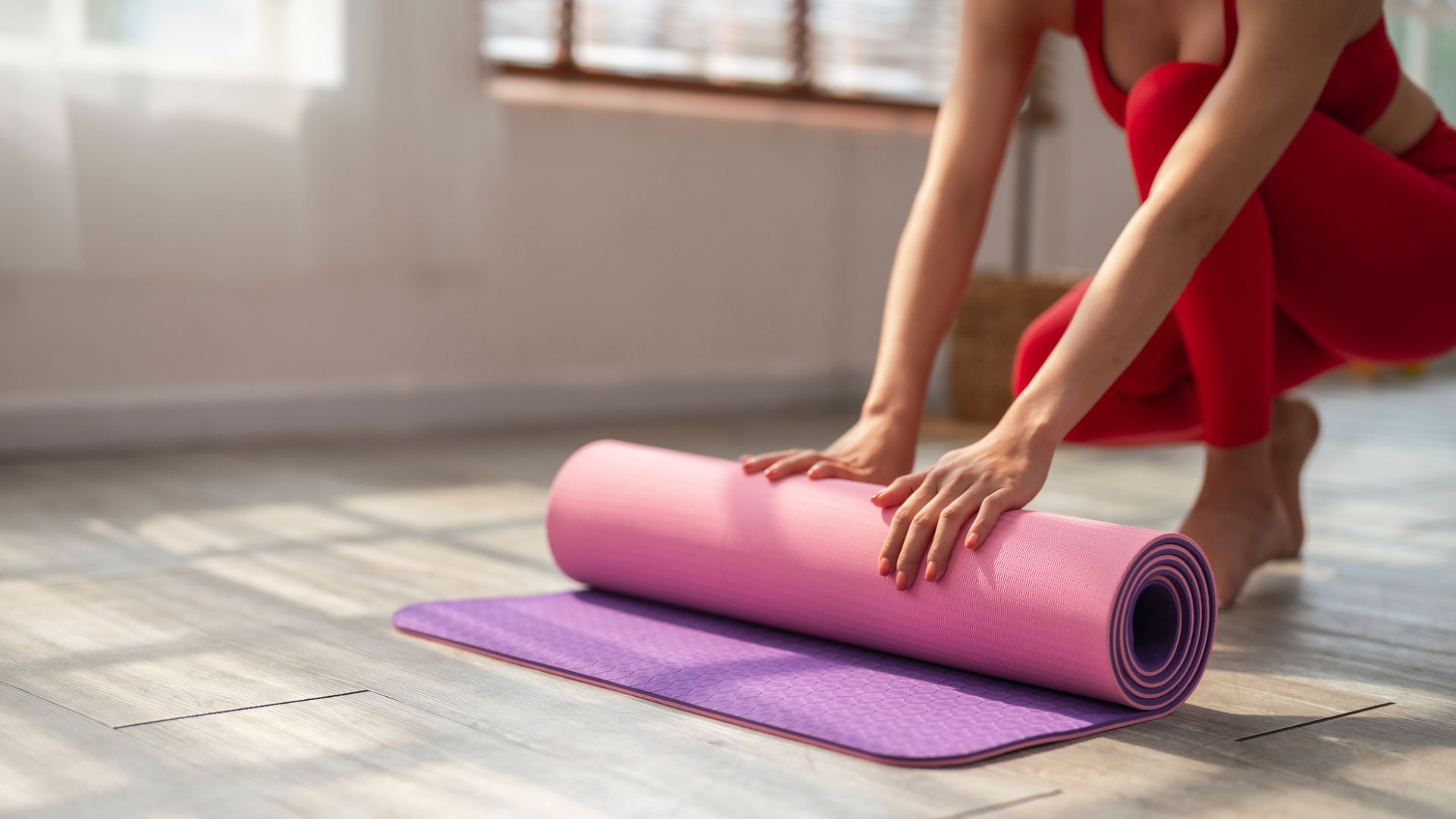

There’s a question I often get asked by my personal training clients who are also interested in yoga: Is it worth paying more for a yoga mat? The answer, as always, is it depends, primarily on where you are on your yoga journey.
If you’re a beginner, it makes sense to start off with an inexpensive mat, until you know if you’re going to enjoy yoga. But even when you’ve developed a regular practice you may not need, or want to spend, much.
Since Black Friday is upon us, and many people wait to make a big purchase, or find a real bargain, until then, I thought I’d speak to two experts about what to consider when choosing a yoga mat.
I also got my hands on a range of mats to find out if I could tell the difference between a premium and budget mat.
Hopefully, this will help you make an informed decision and you’ll end up owning the best yoga mat for you.
What should you consider when buying a yoga mat?
Think about how often you’ll use the mat, the type of yoga you practice, if you’ll be carrying it to a studio—thicker mats can be quite heavy—or are you using it at home?
It’s also important to know how grippy the mat is and how well-cushioned. You might also want to consider the material it’s made from—as some are more durable and sustainable than others.
Start your week with achievable workout ideas, health tips and wellbeing advice in your inbox.
”I really believe it’s worth investing in a good-quality yoga mat, as what you use absolutely impacts the quality of your practice,” says Sabban, a yoga instructor at Move Studios in Santa Monica, California.
“To me, a good yoga mat should support your joints, have enough tackiness so you’re not sliding in poses, grip the floor without bunching up, and last at least two to three years of regular practice.”
Sabban goes on to add: “I also think it’s smart to consider how the mat is made. Cheap mats that are mass-produced with questionable materials don’t feel aligned with the spirit of yoga, in my opinion. Try to find mats that are made with more sustainable practices, for example, mats that are partially recycled.”
“You'll be looking down at your mat while you practice so choosing a color or pattern you connect with can make your practice even more enjoyable”
Yanar Alkayat
Thickness is another key consideration, explains yoga therapist Yanar Alkayat. “A thicker mat can feel lovely and supportive for restorative practices or yoga nidra when you're lying on your back, but may hinder your movement and flow in more dynamic styles,” she says.
“Going too thin will mean feeling the floor beneath you, which might be uncomfortable in kneeling or seated postures.”
And design can matter too. “You'll be looking down at your mat while you practice so choosing a color or pattern you connect with can make your practice even more enjoyable,” explains Alkayat.
How much should you spend on a yoga mat?
“This really depends on your budget and the kind of mat and materials that will support your practice,” says Alkayat. “You can spend as little as $20 or as much as $120 or more.”
Alkayat explains that your budget shouldn't necessarily depend on your experience but it might play a factor. “Beginners may want to start with something budget or mid-range to see what they like before investing in something pricier.”
And if you are going to pay more, make sure you're getting something more than from a budget mat. “This could be better grip, design, quality of materials, alignment markers or additional accessories such as a carry strap,” says Alkayat. “It depends on what matters to you and what your practice needs.”
And if budget allows, you might want to invest in multiple mats like Alkayat. “I have a separate mat for travelling—the Yogamatters Eco Travel Mat—because it folds flat, is super light and reliable on different surfaces, indoor and out.”
Do you need a different mat for different styles of yoga and for other workouts?
Some styles of yoga might be better supported by certain materials. “For instance, if you practice a dynamic yoga where your palms might get sweaty, a rubber mat may offer more grip and stability than something like jute or PVC,” explains Alkayat. “If you practice more restorative and gentle yoga then cushioning and softness might be more important.”
And can you double up and use the mat for your other workouts too? “It depends on the mat and other exercises you want to do on it,” says Alkayat. “A cushioned mat can work for Pilates or floor-based mobility work, but won't be stable enough for lifting weights.
“Mats made with denser materials like natural rubber might also be too precious and expensive to chuck dumbbells around on. A sturdier fitness mat might be more multi-functional and budget-friendly.”
Premium vs budget mats: is it worth paying more?
With all the expert notes in mind, I tested four yoga mats—two premium and two budget—to get a feel for what is worth paying extra for. Here’s my honest opinions.
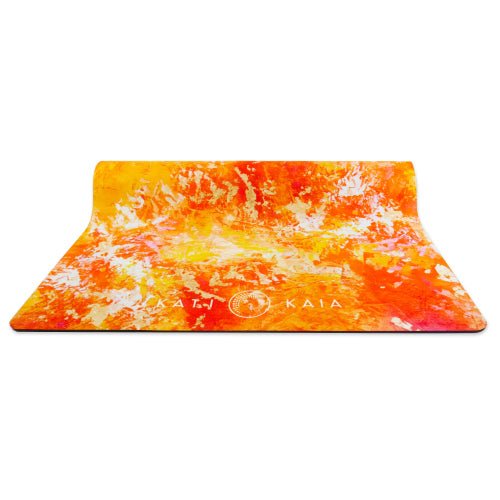
This has got to be the most luxurious and gorgeous-looking mat I’ve ever tried. It’s so soft it feels like walking on a plush carpet, and I love the vibrant orange design. It’s made from natural tree rubber and vegan suede so it’s a great eco-friendly choice, too.
The best thing about this mat is how versatile it is—you can use it for yoga and Pilates and it can even handle strength training sessions. The grip actually gets better the more you use the mat. And when it needs a clean, you just pop it in the washing machine! In my opinion this is definitely worth the price tag.
(NB. Price doesn’t include duty or taxes.)

Tech fans will love this interactive AI-powered mat from YogiFi, which has in-built sensors to check your posture and balance, and give real-time feedback about how your body is moving. Download the free YogiFi app to access classes that adapt to your fitness level and goals, or unlock extra features by subscribing to YogiFi premium ($90.78 a year).
As a standalone mat it’s lovely to use, nice and squishy at 6mm thick, with an anti-slip hexagonal design that gives excellent grip, as well as alignment markers to help you get into the right positions. It’s a nice feature that you can use AI to help you get better at yoga, but I’m not totally convinced that it’s worth spending almost $200 for the privilege.
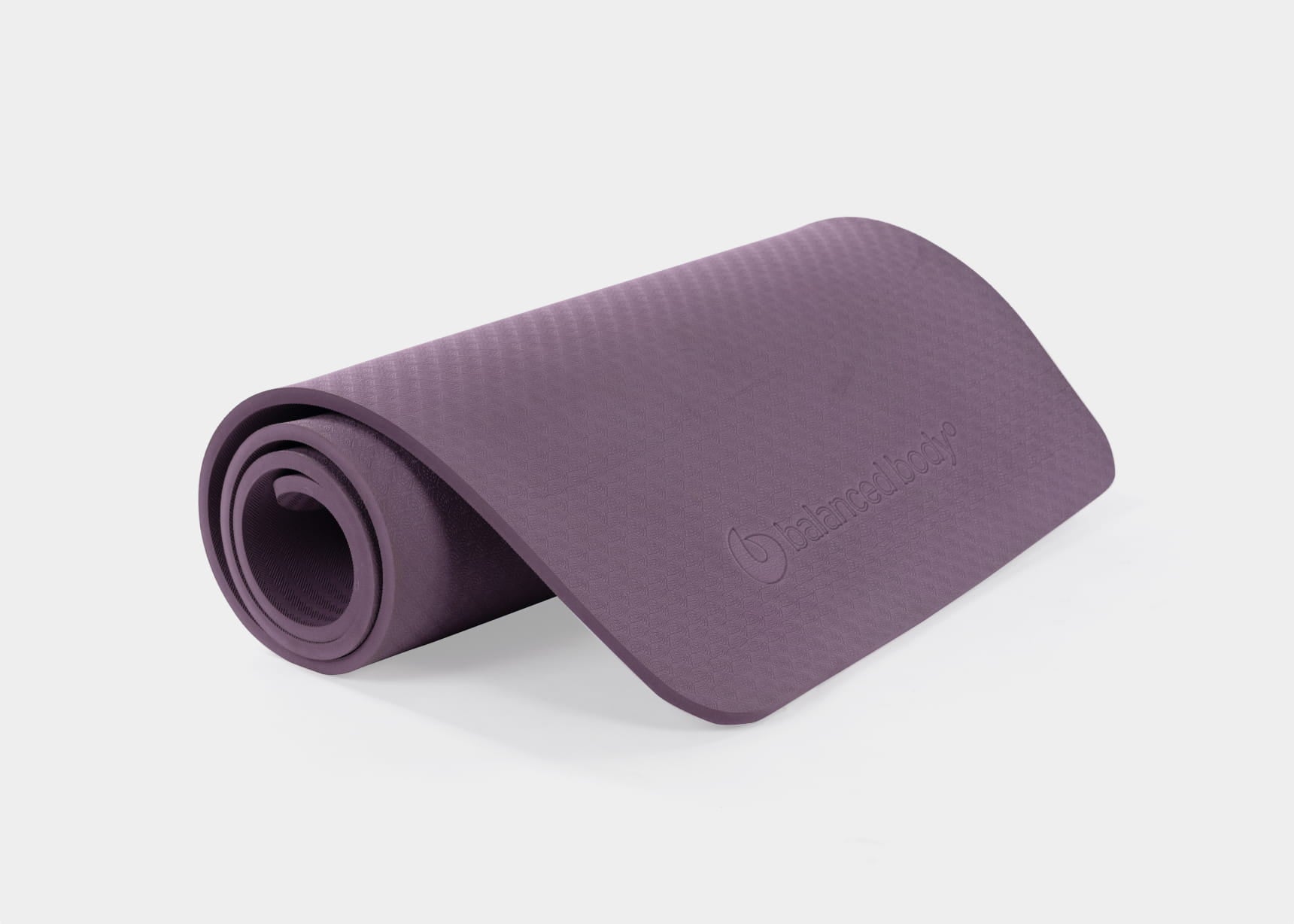
Cushioned, comfy and with a decent degree of grip for the price, this Balanced Body mat is a good choice for anyone who is new to yoga or returning after a break. It’s surprisingly grippy considering it’s only 1cm thick, and is lightweight so won’t weigh you down if you’re carrying it to class. In my opinion this is a decent mid-range mat that is worth the money, and ideal for people who are just getting into yoga.
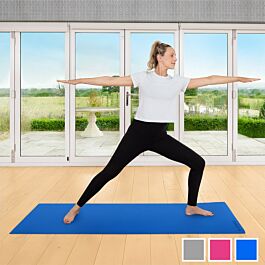
If you’re looking for a really basic starter mat, this Forza one from Net World Sports has a very budget-friendly price. But don’t expect any bells and whistles as it’s pretty thin, not as grippy as the others and tends to roll up at the end. It’s a cheap option which doesn’t offer a huge amount of stability as it can slip sometimes, so might be worth upgrading once you get more serious about your practice.
Maddy Biddulph is a journalist specializing in fitness, health and wellbeing content, with 26 years in consumer media working as a writer and editor for some of the bestselling newspapers, magazines and websites in the US and UK, including Marie Claire, The Sunday Times and Women’s Health UK.
She is a CIMPSA-certified PT and works one-on-one with clients, as well as running Circuits Club classes which mixes cardio and strength training and chair-based exercise classes for seniors.
You must confirm your public display name before commenting
Please logout and then login again, you will then be prompted to enter your display name.
